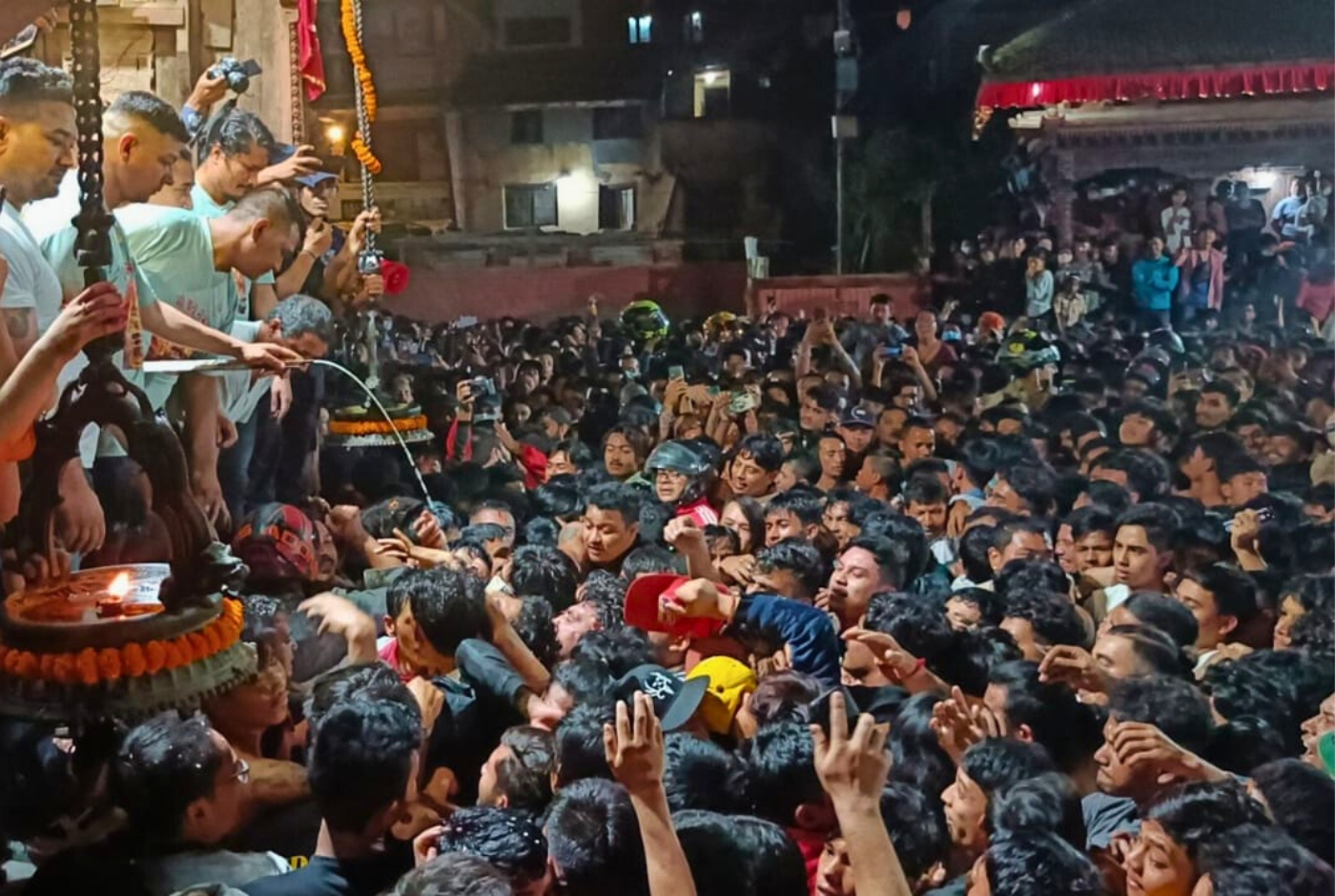Indra Jatra: A Sacred Dance of Gods, Astrology, and Culture
Indra Jatra, also known as Yenya Punhi, is Nepal's grandest religious street festival, celebrated primarily in the Kathmandu Valley. In 2025, this vibrant festival is scheduled to commence on Saturday, September 6, corresponding to 21 Bhadra 2082 in the Nepali calendar, and will span eight days, concluding on September 13 .
A
Admin User·
Sep 4, 2025·3 min read

What is Indra Jatra?
Indra Jatra, also known as Yenya (meaning "Ye" for Kathmandu and "Ya" for celebration), is one of the most significant religious street celebrations in Nepal. Lasting almost eight days, it fills the streets of Kathmandu with a mixture of religious devotion, myth, and celebration. This celebration honors Indra, the Hindu god of rain and king of heaven, and Kumari, the living goddess.

When and Where: Astrology Determines When the Festival Happens
The festival will affect the lunar calendars of Nepal, clarifying that everything happening on earth is connected to something occurring in the stars. The festival of Indra Jatra in Nepal will be on Bhadra 21, 2082 (September 6) in 2025, and consist of 17 days of rituals, ceremonies and processions. The Nepal Panchang Nirnayak Bikas Samiti coordinates with astrologers to determine exact timings so that each ritual occurs at an auspicious time.

The festival starts with "Indradhvaja Utthan," which literally means raising a sacred wooden pole, and this ceremonial raising must be done at the right astrological hour. Indra Jatra, known as Yenya (where "Ye" means Kathmandu and "Ya" means celebration), is one of the most important religious street festivals in Nepal. Stretching over eight days, it turns Kathmandu’s streets into a jumbled collage of devotion, mythology, and commotion. It honors the Hindu god Indra, the god of rain and king of heaven, and also honors Kumari, the living goddess.
The Story Behind the Festival
Legend says Indra once came to earth disguised as a common man to collect parijat flowers for his mother, Dagini. He was caught and imprisoned by locals, who thought he was stealing. The people released Indra and vowed to honor him annually once Dagini showed up and disclosed who he really was. Indra provided the valley with rain and plenty; in fact, the bestowal couldn't be worse than Indra's failure to do so.

Why Indra Jatra is Important
For the celebration of the festival is but also a prayer for good harvests as Indra is the rain god. Given the festival occurs at the end of the June-September monsoon it connects agriculture with spirituality.

Indra Jatra is a festival that takes Hindu and Buddhist traditions and creates one unique blend all to tell the story of the processions of the living goddess , Kumari with traditional masked dances. This offering provides the result of unique beliefs of Nepal. Where, Indra freely granted the valley with rain and prosperity.
Astrology in Action
Astrology has a strong connection to the festivity. All activities - from raising the pole to chariot processions - are planned around the moon and planetary movements. The Indradhvaja pole symbolizes the connection between Heaven and Earth.

The chariot procession (which lasts three days) of Ganesh, Bhairava and Kumari follows an astrologically determined path, as they journey through the city, symbolizing the energies of the cosmos migrating through the city.
A Living Tradition
Indra Jatra retains a sense of antiquity even in modern contexts. The Dagini procession is a poignant experience of a maternal figure in a mask, proceeding through the streets of Kathmandu in search of her son - a time and space in which parents give thanks for purely parental love and divine connection.

By mixing mythology, astrology, and communal festival, Indra Jatra allows the group to honour both cosmic order and traditional time. The festival transforms the city of Kathmandu into a stage for a living performance and space to unite heaven and earth in devotion and celebration.